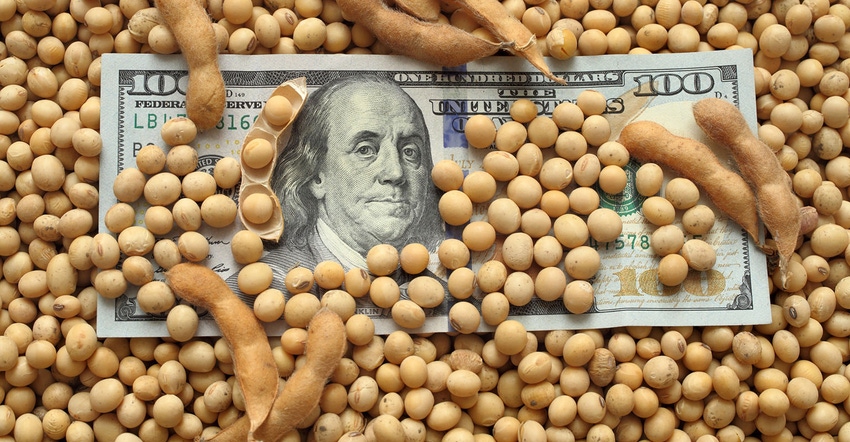
If there is one positive to all the COVID-19 related cancellations for me, it would be less travel and the opportunity to be at my desk most days during one of the longest lasting, high volatility price increases we have ever seen.
In the past we have witnessed ag markets reach higher pricing levels than we are seeing today, but to be in an uptrend with only a few price breaks since August is a unique situation. It is also a great opportunity for the grower.
At the same time, I enjoy making in-person presentations, whether it is to one individual or a large group.
There’s an old saying that we have used at meetings years ago that still applies today: volatility offers opportunity. It has been a lot of fun having the opportunity to help growers capture higher prices while also serving the end user to help reduce their input costs. Both sides have the tools to mitigate risk and to not fear adverse price movements. They are not at odds if they are managing their business from a hedging standpoint.
The million dollar question
Will prices continue to make new highs or will we head lower at some point? The answer is an important one as it appears most U.S. farmers have sold most of their 2020 crops at lower levels while very little has been priced for new crop. It’s human nature to avoid sales on new crop production while targeting or hoping for prices to continue to move higher, especially if you believe you sold old crop at too low of a price.
By the way, not one person who is willing to answer this big question really has any idea what is coming next.
I recently discovered a Facebook discussion group full of people asking whether prices are going higher. I do not read every post, but my impression is that a lot of bullish info is presented, and with today’s fundamentals, it makes some sense. However, prices will eventually move lower; people do not always present both sides of price potential and risk, especially when they personally benefit from bullish markets.
I understand rooting for higher prices as a grower, so I encourage you to not merely wish for what you need. Instead, use logic to defend price.
When will prices break lower?
We may go significantly higher first but, all prices eventually break and in my years of experience, it seems we break much faster than we go up. I would also expect when prices do eventually move lower the U.S. farmer will not have enough 2021 bushels sold or hedged.
Again, if you sold too early in 2020 your response may be to not make that mistake again in 2021.
The trouble with this hesitation is this: Avoiding a previous year’s price actions may not provide any better outcome.
Each year is unique and has different fundamentals that eventually drive price action. As we have said before, find a consistent approach that can be repeated each year. Avoid the temptation to invent the wheel each year based on what happened last year.
My friend and business partner Tommy Grisafi gave me a book a few years ago called 40 Chances, written by Warren Buffett’s son, Howard Buffett. I recently read the book and, without doing a book review, one part of the book that stuck out and applies to all of us is that, give or take a few years, we each have around 40 years to make a difference in the world and to accomplish our goals. To bring this down to a farmer production and marketing perspective, you have 40 chances to produce a good crop and price it well.
In addition, I would estimate that we see one or two years each decade in which prices surprise us, and provide levels that allow for a much better than average income year. When these years do occur, it is important for you to maximize that opportunity the best you can, to help offset the difficult years.
Contact Advance Trading at (800) 664-2321 or go to www.advance-trading.com.
Information provided may include opinions of the author and is subject to the following disclosures:
The risk of trading futures and options can be substantial. All information, publications, and material used and distributed by Advance Trading Inc. shall be construed as a solicitation. ATI does not maintain an independent research department as defined in CFTC Regulation 1.71. Information obtained from third-party sources is believed to be reliable, but its accuracy is not guaranteed by Advance Trading Inc. Past performance is not necessarily indicative of future results.
The opinions of the author are not necessarily those of Farm Futures or Farm Progress.
About the Author(s)
You May Also Like






